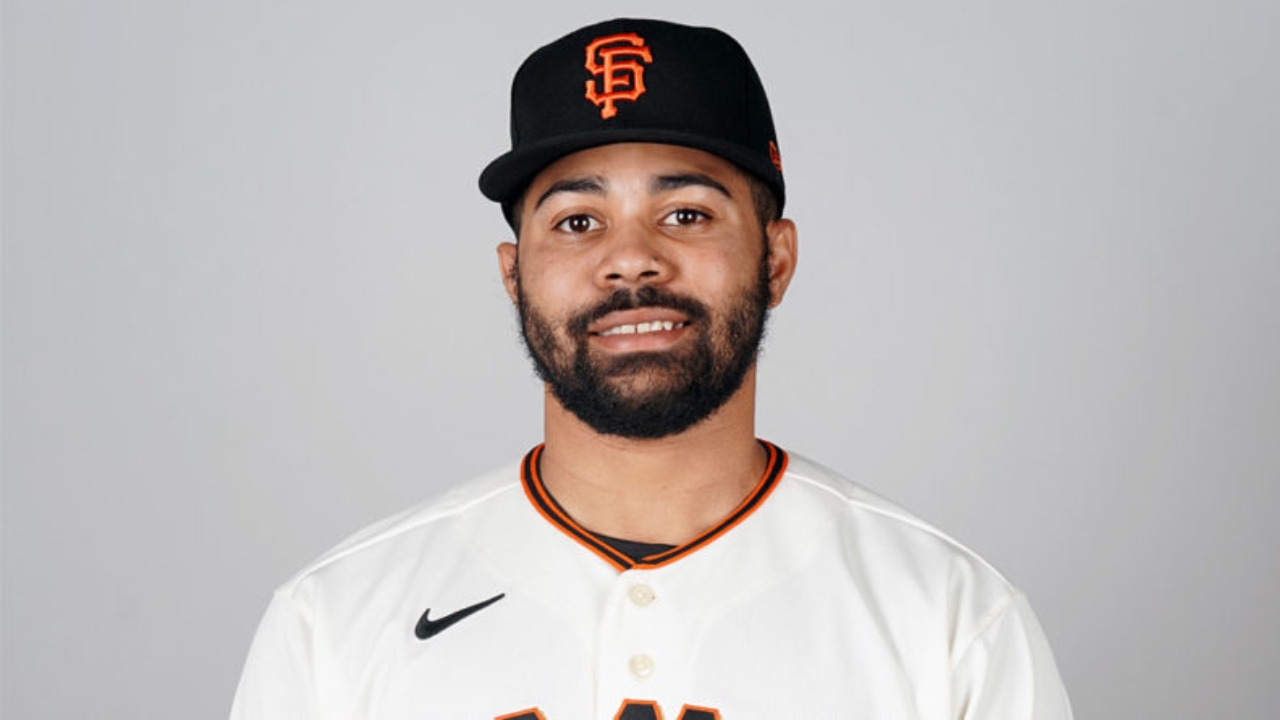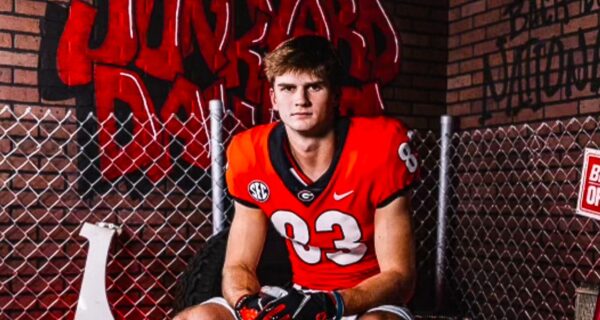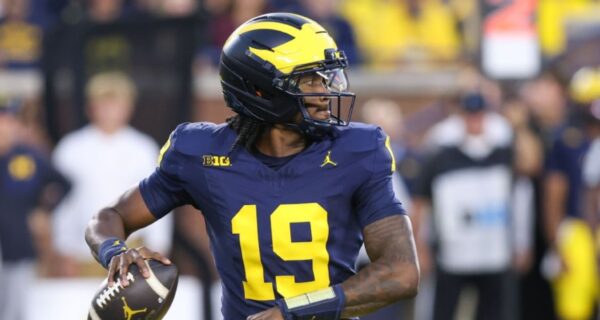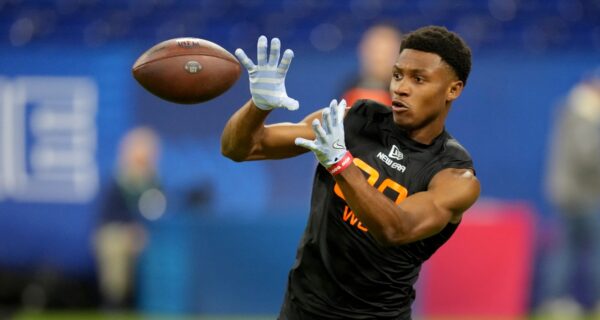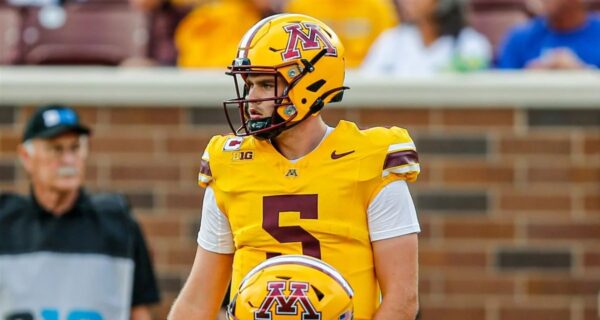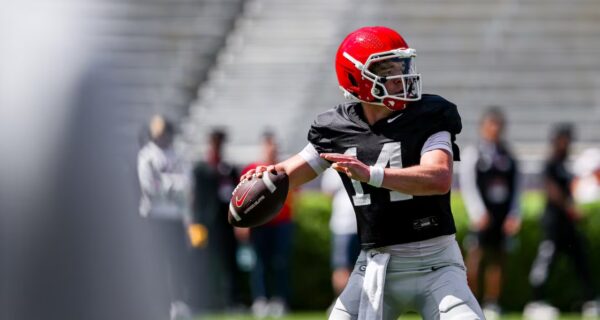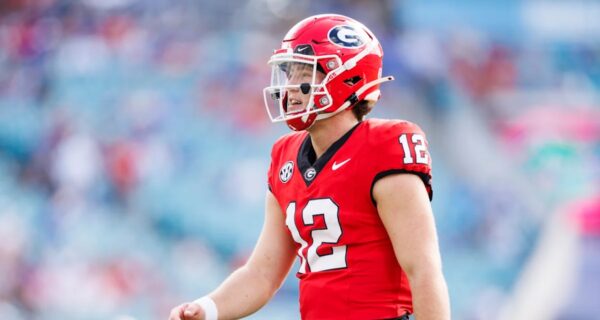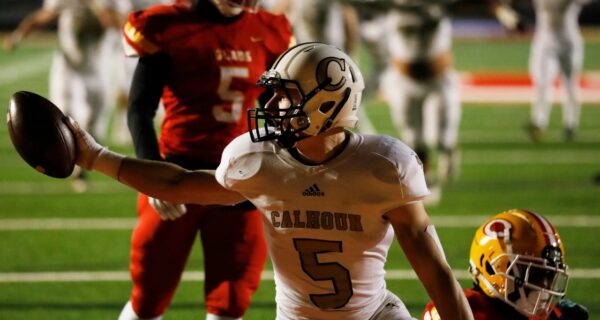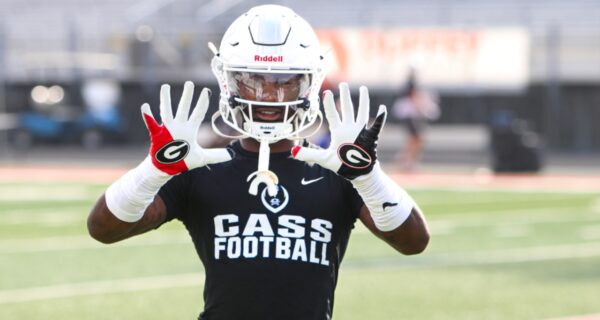LaMonte Wade Jr. has become one of baseball’s most engaging figures, blending a late-blooming slugger’s power with high-level plate discipline. After dazzling fans with clutch hits and a steady on-base approach, he’s carved out a niche as both a reliable first baseman and versatile outfielder.
Fans and analysts alike are curious about how his career earnings stack up, what his current contract entails, and where his net worth stands. From humble beginnings in Maryland to the bright lights of Oracle Park, Wade’s journey combines hard work, savvy baseball instincts, and a knack for coming through in big moments.
LaMonte Wade Jr.’s Biography
| Detail | Information |
|---|---|
| Full Name | LaMonte Aaron Wade Jr. |
| Date of Birth | January 1, 1994 |
| Age | 31 |
| Education | University of Maryland, College Park |
| Nationality | American |
| Height | 6 ft 1 in (185 cm) |
| Weight | 205 lbs (93 kg) |
| Turned Pro | Drafted Minnesota Twins (9th round) |
| Net Worth | $3.1 million |
| Salary/Career Earnings | See table below in Financial Details |
| Wife/Girlfriend | N/A |
| Instagram Profile | N/A |
| Twitter Profile | N/A |
Early Career
LaMonte Wade Jr.’s athletic roots trace back to St. Paul’s School in Brooklandville, Maryland, where he excelled in both baseball and basketball. On the diamond, he was a dynamic two-way player, patrolling the outfield and taking the mound when needed.
His standout high school performances earned him multiple All-State and All-Metro honors from the Baltimore Sun and the Maryland State Association of Baseball Coaches, placing him among the top prospects in the state. Recognized for a balanced skill set-combining defensive versatility, speed, and a patient approach at the plate-he quickly drew attention from college recruiters.
Wade enrolled at the University of Maryland, College Park, where he transitioned into a full-time position player. Initially handling first base duties as a freshman, he shifted to center field the following season, showcasing his athleticism and strong arm in one of college baseball’s premier defensive spots.
Over three seasons with the Terrapins, Wade compiled a .335 batting average in Big Ten play during his junior year, ranking second in the conference. His career on-base percentage hovered near .400, thanks to a remarkable tendency to draw walks-he famously walked more than he struck out at Maryland.
Summers brought further growth, as he played for the Brewster Whitecaps in the prestigious Cape Cod Baseball League in 2014, testing himself against some of the nation’s top college talent and fine-tuning his approach against wooden bats.
Wade’s combination of plate discipline, defensive versatility, and athletic profile made him an attractive mid-round pick. The Minnesota Twins selected him in the ninth round (260th overall), and within weeks he had inked his first professional contract. Assigned initially to rookie ball, he demonstrated an advanced batting eye, laying the groundwork for steady progression through the Twins’ minor league system.
Over the next four years, he climbed from rookie ball to Class A and eventually Triple-A, refining his skill set with a balanced mix of hard contact and selective aggression. At every stop, scouts praised his keen strike-zone judgment, work ethic, and a quiet confidence that belied his status as a later-round pick.
Professional Career
LaMonte Wade Jr. made his long-awaited MLB debut on June 28, 2019, with the Minnesota Twins. Called up after posting a strong showing in Triple-A, he provided immediate value as a left-handed bat capable of playing both corner outfield spots and first base in a pinch.
In limited early-season action, he chipped in with base hits and sporadic power, offering a glimpse of the patient, on-base-driven approach that had defined his college days. Although his first major league campaign was cut short by a thumb injury in July 2019, he returned in September and continued to showcase his knack for drawing walks and finding holes in the defense.
which was shortened by the pandemic, saw Wade appear in 16 games for the Twins, hitting a respectable .231 with an on-base percentage north of .310. His defensive versatility-covering corner outfield and first base-added roster flexibility, but consistent playing time remained elusive.
On February 5, 2021, Minnesota traded him to the San Francisco Giants for pitcher Shaun Anderson. The move proved pivotal; San Francisco’s spacious ballpark and emphasis on patient hitting offered Wade a stage to maximize his strengths.
Wade slashed .253/.326/.482 over 109 games, hitting a career-high 18 home runs while setting a personal best in runs batted in. His plate discipline shone through with an 8.7% walk rate, matching his success in college at drawing free passes.
Notably, he delivered in high-leverage situations, often coming through with clutch hits late in games. The Giants’ front office rewarded him with a one-year, $1.375 million contract for 2023, avoiding arbitration and solidifying his role as the primary platoon first baseman against right-handed pitching.
LaMonte Wade Jr.’s Net Worth Details
LaMonte Wade Jr.’s net worth is estimated to be $3.1 million as of 2025.
Contract
Wade agreed to a one-year contract with the San Francisco Giants worth $5 million, settling his third year of arbitration and ensuring he remains under team control through the upcoming season. The deal avoids a potential arbitration hearing and covers the entirety of the 2025 campaign, after which Wade will enter free agency.
According to Baseball-Reference, the contract represents his highest single-season salary to date and underscores his value as a left-handed first baseman in San Francisco’s lineup.
As part of the standard MLB arbitration settlement structure, the agreement provides full major league benefits, service time accrual, and performance incentives consistent with his veteran status.
Salary
LaMonte Wade Jr. will earn a base salary of $5,000,000 for the 2025 season with the San Francisco Giants, payable in regular installments throughout the MLB schedule and accompanied by full major‐league benefits and service‐time accrual.
As a third‐year arbitration‐eligible player, he settled this figure with the club ahead of the January deadline, reinforcing his value as San Francisco’s primary left‐handed first baseman versus right‐handed pitching.
Within the Giants’ 2025 payroll hierarchy, his salary slots just below reliever Tyler Rogers’s $5.25 million and above Camilo Doval’s $4.525 million, placing him in the middle tier of the team’s arbitration‐era earners.
Career Earnings
| Year | Team | Basic Salary | Signing Bonus | Cash Total |
|---|---|---|---|---|
| 2015 | Minnesota Twins | – | $163,800 | $163,800 |
| 2019 | Minnesota Twins | $262,592 | – | $262,592 |
| 2020 | Minnesota Twins | $140,175 | – | $140,175 |
| 2021 | San Francisco | $414,045 | – | $414,045 |
| 2022 | San Francisco | $730,000 | – | $730,000 |
| 2023 | San Francisco | $1,375,000 | – | $1,375,000 |
| 2024 | San Francisco | $3,500,000 | – | $3,500,000 |
| 2025 | San Francisco | $5,000,000 | – | $5,000,000 |
| Total | $11,585,612 |
MLB Career Stats
| Statistic | Total |
|---|---|
| At-Bats (AB) | 1,496 |
| Batting Average | .239 |
| Home Runs | 54 |
| Runs Batted In | 178 |
| Stolen Bases | 12 |
| OPS | .745 |
FAQs
1. Who is LaMonte Wade Jr.?
LaMonte Aaron Wade Jr. is an MLB first baseman and outfielder currently with the San Francisco Giants. Born on January 1, 1994, in Baltimore, Maryland, he is nicknamed “Late Night LaMonte” for his penchant for high-pressure, late-game hits. He bats and throws left-handed.
2. Where did LaMonte Wade Jr. play baseball before turning professional?
Wade attended St. Paul’s School in Brooklandville, Maryland, where he excelled in baseball and basketball. He then played three seasons at the University of Maryland, College Park, as both a first baseman and center fielder, posting a .335 batting average with a .453 on-base percentage in his junior year.
3. How did LaMonte Wade Jr. begin his professional career?
The Minnesota Twins selected Wade in the ninth round (260th overall) of the 2015 MLB Draft. He spent several seasons advancing through the Twins’ minor league system-posting a .274 career MiLB average with 45 home runs-before earning a call-up to the majors.
4. When and with which team did LaMonte Wade Jr. make his MLB debut?
Wade made his major league debut on June 28, 2019, for the Minnesota Twins. He appeared in a handful of games that season before being traded to the San Francisco Giants in February 2021, where he has become a regular contributor.
5. What positions does LaMonte Wade Jr. play?
Wade’s primary positions are first base and corner outfield (left field and right field). His versatility allows his managers to slot him into either spot depending on matchup and lineup needs, and his athleticism in the outfield complements his left-handed power bat.
6. What teams has LaMonte Wade Jr. played for in Major League Baseball?
Wade’s major league tenure began with the Minnesota Twins (2019–2020) and he has played for the San Francisco Giants since being acquired in a February 2021 trade. He has established himself as a reliable bench bat and situational starter in San Francisco.
7. What are LaMonte Wade Jr.’s most notable nicknames and achievements?
He has earned the nicknames “Late Night LaMonte” and “Late Inning LaMonte” for his ability to deliver key hits in the late stages of games. He also received the Willie Mac Award for spirit and leadership within the Giants organization.
8. What are LaMonte Wade Jr.’s career MLB statistics through 2025?
Wade has amassed a .239 batting average, 54 home runs, and 178 runs batted in over 1,496 at-bats. He has recorded a .745 OPS and contributed 12 stolen bases, showcasing a blend of power and on-base ability.
9. How did LaMonte Wade Jr. perform during his college career?
Wade hit .335 with a .453 on-base percentage and a .468 slugging percentage in 2015. Over three collegiate seasons, he walked more often than he struck out, demonstrating exceptional plate discipline and a .394 overall on-base rate.
10. How did LaMonte Wade Jr. join the San Francisco Giants?
The Minnesota Twins traded Wade to the San Francisco Giants in exchange for minor league prospects. The move provided him with regular playing opportunities, and he has since become a fixture in the Giants’ lineup and clubhouse.

